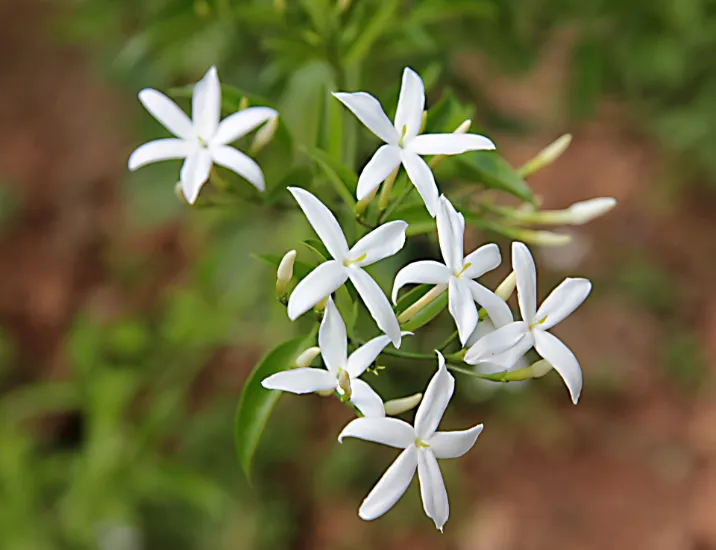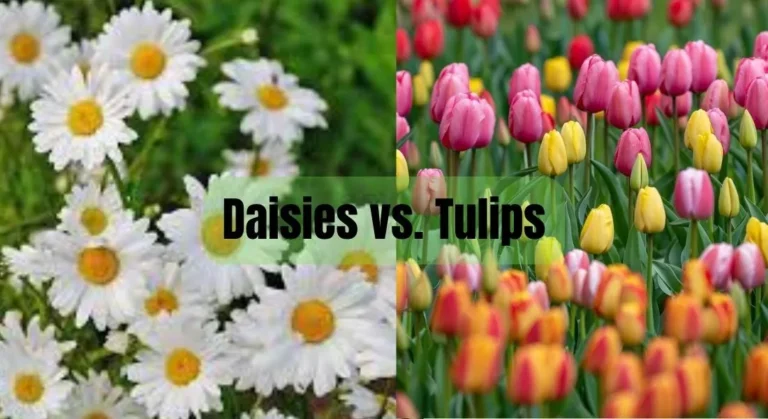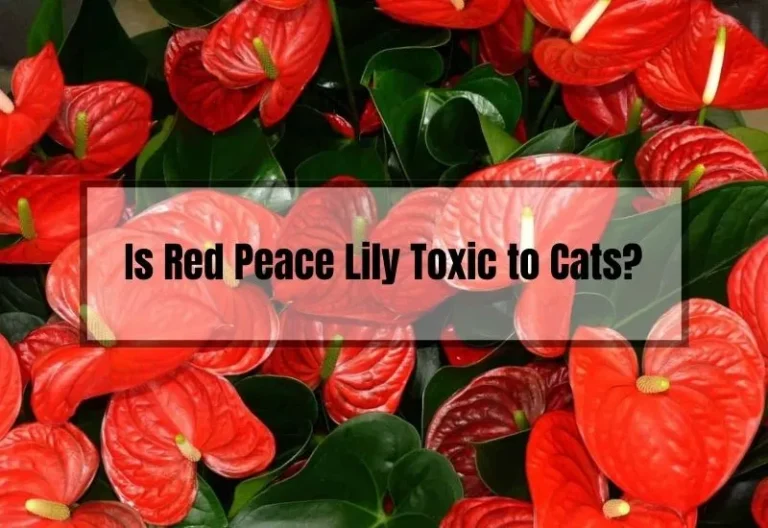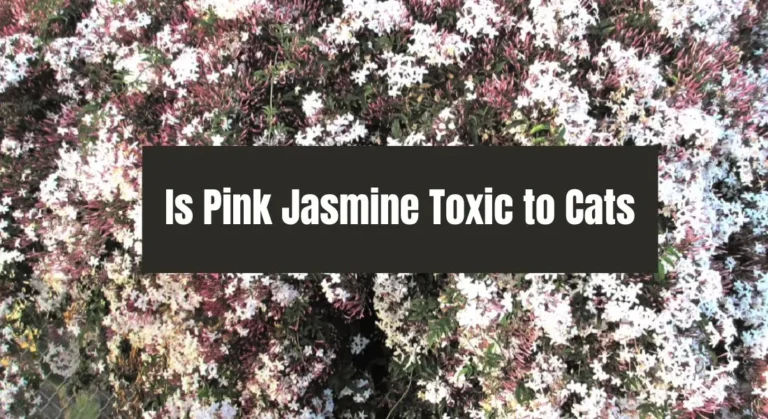Arabian Jasmine: Origin, Uses, Care & Guides
Are you ready to be transported to a fragrant oasis? If so, meet the Arabian Jasmine – a stunning flowering shrub that will leave you in awe with its unique fragrance used in jasmine tea and leis.
But the beauty of this plant doesn’t stop there. In fact, there’s so much more to learn about Arabian Jasmine, from its fascinating origin to how to care for and propagate it.
Get ready to dive into the world of Arabian Jasmine and discover everything you need to know about this captivating plant.

What is Arabian Jasmine?
Arabian Jasmine, also known as Jasminum sambac, is an evergreen climbing shrub that originated in Asia. Its glossy, dark green oval leaves create a beautiful contrast to the highly fragrant, white flowers that fade to pink as they age. These beautiful-smelling blooms appear all summer long and may continue to bloom year-round in warm climates.
Origin and History
Native Region
Arabian Jasmine, as the name suggests, comes from the Arabian Peninsula. But it’s not limited to that region. In fact, it has spread to other areas like India, Southeast Asia, and even the Caribbean. It’s a versatile plant that can adapt to various climates.
Historical Context
This lovely plant has a long history. People have used it for centuries in traditional medicines and perfumes. It also holds a special place in many cultures, symbolizing love, purity, and spirituality.
Characteristics and Features
Plant Description
Arabian Jasmine is an evergreen shrub with dark green leaves and delicate, star-shaped white flowers. The stems grow in a vining pattern, allowing it to climb or sprawl. But the showstopper here is its fragrance – sweet, intoxicating, and unforgettable.
Varieties and Cultivars
There are several varieties of Arabian Jasmine, each with its unique features. Some popular ones include ‘Maid of Orleans,’ ‘Belle of India,’ and ‘Grand Duke of Tuscany.’ They vary in flower size, petal count, and growth habit, so there’s one for every garden!
Uses and Benefits
Aesthetic and Ornamental
Arabian Jasmine is a popular plant in landscape design, container gardening, and even bonsai. Its lovely flowers and scent can elevate any garden or indoor space. Plus, it’s a great way to attract pollinators like butterflies and bees.
Medicinal Properties
Traditionally, people have used Arabian Jasmine for its healing properties, like treating skin conditions, headaches, and anxiety. Some scientific studies support these claims, but more research is needed to confirm its full potential.
Cultural and Spiritual Significance
Many cultures hold Arabian Jasmine in high regard. In some religious ceremonies, the flowers are offered as a symbol of divine love. They also represent purity, making them a popular choice for weddings and other special occasions.
Arabian Jasmine Care
Taking care of Arabian Jasmine is simple and straightforward. It is a tropical plant that requires warm temperatures, plenty of sunshine, and high humidity levels to thrive. For healthy growth, it needs full to partial sun, with at least 6 to 8 hours of sunlight per day being ideal. If you plan to keep your plant indoors during the winter, ensure that it is placed in a very sunny window to receive sufficient light.
Arabian Jasmine prefers loose, loamy, and humusy soil that is evenly moist and well-draining. Adding compost to the soil will help to loosen, enrich, and moisten it. The plant needs plenty of water, particularly during the summer season. To keep the soil moist but not wet, water regularly. It is best to avoid soggy soil as it can lead to rot. Water thoroughly when the top few inches of soil feel dry to the touch, and the frequency of watering may vary depending on your location. During the winter, it is recommended to reduce watering.
Although Arabian Jasmine does not require extensive pruning, proper trimming is essential to maintain a beautiful and healthy plant. If the plant blooms year-round in your region, you can simply prune it to maintain its desired shape. In areas where it stops blooming during the winter, it is recommended to trim away all dead branches and blooms above their nodes at the beginning of winter. This will promote healthy new growth for the upcoming growing season.
WARNING: Because of its fast growth and vining nature, Arabian Jasmine is considered invasive in tropical areas outside of its native regions in Asia. Be sure to do research before planting Arabian Jasmine in your area.
Arabian Jasmine Varieties
Arabian Jasmine comes in a variety of forms, each with its unique features and appearances. Here are three popular varieties to consider:
- Jasminum sambac ‘Grand Duke of Tuscany’: This slower-growing variety deviates from the usual flower structure by producing double and semi-double blooms. This allows the flowers to take on a rose-like appearance.
- Jasminum sambac ‘Belle of India’: This variety sports beautiful flowers with elongated petals. It can produce both single and double blooms.
- Jasminum sambac ‘Maid of Orleans’: This variety has rounded petals on a single bloom, giving this flower a soft, star-like appearance.
Propagating Arabian Jasmine
Propagating Arabian Jasmine is best done by cuttings. Here’s how:
- Using clean garden snips, cut a stem that is around 6 inches long. Cut directly below a leaf.
- Remove the leaves on the lower half of the cutting.
- Dip the cut end into root hormone.
- Using a stick, make a hole into moist soil.
- Gently place the cutting into the hole. Avoid pressing it firmly into the dirt, as this can damage the
- Place a plastic bag over the cutting to retain the moisture. Lift the bag every 10 days or so to allow airflow. Roots should form in around 6 weeks.
- When new growth appears, remove the bag and move to an area with bright, indirect light. As it establishes, slowly move to a sunny location.
Growing Arabian Jasmine from seed is another easy option for starting this plant. Follow these steps:
- To start the seed, soak it in water for 24 hours.
- Fill a seed-starting pot with moist potting soil and place the seed in the soil.
- Place a plastic bag over the pot to keep in moisture.
- Place in a sunny spot.
- Once seedlings appear, remove the plastic. When they reach a few inches tall, repot them into larger pots.
- Potting and Repotting Arabian Jasmine
Arabian Jasmine grows very well in containers and makes a beautiful addition to patios or porches. Though this plant enjoys moist soil, it does not like wet soil. Because of this, choose a pot with drainage holes that fits the plant comfortably without much extra room. This will prevent excess water from causing moisture problems.
When the Arabian Jasmine fills the pot and does not have any room to grow, gently transfer the plant to a slightly larger pot and fill it with new, loamy soil. Water the plant and place it in a bright area.
Overwintering Arabian Jasmine
To prepare Arabian Jasmine for winter in its preferred climate zones, mulch is the only requirement. Apply a layer of mulch, leaves, or other organic insulating material around the plant’s soil to keep the roots warm and protected.
However, if you’re growing Jasmine outside the recommended hardiness zones, the plant should be brought indoors to avoid exposure to cold temperatures. It’s best to keep these plants in containers for easier mobility.
Guides and Tips
Common Mistakes
Avoid these pitfalls when growing Arabian Jasmine:
- Over-watering: It can lead to root rot.
- Insufficient light: Jasmine needs bright light to thrive.
- Neglecting pruning: Regular trimming keeps the plant healthy and compact.
Expert Tips
To help your jasmine flourish, follow these pro tips:
- Fertilize it every 4-6 weeks during the growing season.
- Move it indoors during winter to protect it from the cold.
- Boost its fragrance by placing it in a location with good air circulation.
Frequently Asked Questions (FAQs)
Can Arabian Jasmine be grown indoors?
Yes, Arabian Jasmine can be grown indoors if placed in a sunny location and given adequate humidity levels.
How often should Arabian Jasmine be fertilized?
Arabian Jasmine should be fertilized throughout its growing season with a high-quality, well-balanced fertilizer.
Is Arabian Jasmine poisonous to pets?
Yes, Arabian Jasmine is poisonous to pets. Keep it out of reach of pets and children.
Conclusion
Arabian Jasmine is a stunning plant that will add beauty and fragrance to any garden or home. It’s easy to care for and propagate, making it a popular choice among plant enthusiasts.
Just be sure to do your research before planting it in your area, as it can be invasive in certain regions. With the information provided in this article, you’ll be well on your way to growing and enjoying your own Arabian Jasmine plant. Happy gardening!
Related Posts:






